|
The Northern Ireland Portal
Introduction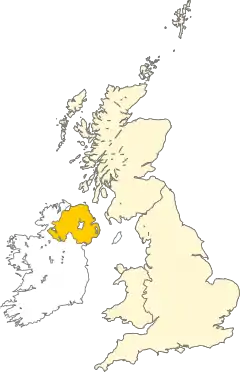 Location of Northern Ireland within the United Kingdom  Northern Ireland borders the Republic of Ireland to its south and west. Northern Ireland (Irish: Tuaisceart Éireann [ˈt̪ˠuəʃcəɾˠt̪ˠ ˈeːɾʲən̪ˠ] ⓘ; Ulster-Scots: Norlin Airlann) is a part of the United Kingdom in the north-east of the island of Ireland that is variously described as a country, province or region. Northern Ireland shares an open border to the south and west with the Republic of Ireland. At the 2021 census, its population was 1,903,100, making up around 3% of the UK's population and 27% of the population on the island of Ireland. The Northern Ireland Assembly, established by the Northern Ireland Act 1998, holds responsibility for a range of devolved policy matters, while other areas are reserved for the UK Government. The government of Northern Ireland cooperates with the government of Ireland in several areas under the terms of the Belfast Agreement. The Republic of Ireland also has a consultative role on non-devolved governmental matters through the British–Irish Governmental Conference (BIIG). Northern Ireland was created in 1921, when Ireland was partitioned by the Government of Ireland Act 1920, creating a devolved government for the six northeastern counties. As was intended by unionists and their supporters in Westminster, Northern Ireland had a unionist majority, who wanted to remain in the United Kingdom; they were generally the Protestant descendants of colonists from Britain. Meanwhile, the majority in Southern Ireland (which became the Irish Free State in 1922), and a significant minority in Northern Ireland, were Irish nationalists (generally Catholics) who wanted a united independent Ireland. Today, the former generally see themselves as British and the latter generally see themselves as Irish, while a Northern Irish or Ulster identity is claimed by a significant minority from all backgrounds. The creation of Northern Ireland was accompanied by violence both in defence of and against partition. During the conflict of 1920–22, the capital Belfast saw major communal violence, mainly between Protestant unionist and Catholic nationalist civilians. More than 500 were killed and more than 10,000 became refugees, mostly Catholics. For the next fifty years, Northern Ireland had an unbroken series of Unionist Party governments. There was informal mutual segregation by both communities, and the Unionist governments were accused of discrimination against the Irish nationalist and Catholic minority. In the late 1960s, a campaign to end discrimination against Catholics and nationalists was opposed by loyalists, who saw it as a republican front. This unrest sparked the Troubles, a thirty-year conflict involving republican and loyalist paramilitaries and state forces, which claimed over 3,500 lives and injured 50,000 others. The 1998 Good Friday Agreement was a major step in the peace process, including paramilitary disarmament and security normalisation, although sectarianism and segregation remain major social problems, and sporadic violence has continued. (Full article...) Selected article -Operation Flavius (also referred to as the Gibraltar killings) was a military operation in which three members of the Provisional Irish Republican Army (IRA) were controversially shot dead by the British Special Air Service (SAS) in Gibraltar on 6 March 1988. The trio were believed to be planning a car bomb attack on British military personnel in Gibraltar. They were shot dead while leaving the territory, having parked a car. All three were found to be unarmed, and no bomb was discovered in the car, leading to accusations that the British government had conspired to murder them. An inquest in Gibraltar ruled that the authorities had acted lawfully but the European Court of Human Rights held that, although there had been no conspiracy, the planning and control of the operation was so flawed as to make the use of lethal force almost inevitable. The deaths were the first in a chain of violent events in a fourteen-day period. On 16 March, the funeral of the three IRA members was attacked, leaving three mourners dead. At the funeral of one, two British soldiers were killed after driving into the procession in error. In late 1987, British authorities became aware of an IRA plan to detonate a bomb outside the governor's residence in Gibraltar. On the day of the shootings, known IRA member Seán Savage was seen parking a car near the assembly area for the parade; fellow members Daniel McCann and Mairéad Farrell were seen crossing the border shortly afterwards. As SAS personnel moved to intercept the three, Savage split from McCann and Farrell and ran south. Two soldiers pursued Savage while two others approached McCann and Farrell. The soldiers reported seeing the IRA members make threatening movements when challenged, so the soldiers shot them multiple times. All three were found to be unarmed, and Savage's car did not contain a bomb, though a second car, containing explosives, was later found in Spain. Two months after the shootings, the documentary "Death on the Rock" was broadcast on British television. Using reconstructions and eyewitness accounts, it presented the possibility that the three IRA members had been unlawfully killed. (Full article...)Selected picture -Northern Ireland lists
More Northern Ireland lists...
Related portalsSelected biography -
Lyra Catherine McKee (/ˈlɪərə məˈkiː/ 31 March 1990 – 18 April 2019) was a journalist from Northern Ireland who wrote for several publications about the consequences of the Troubles. She also served as an editor for Mediagazer, a news aggregator website. On 18 April 2019, McKee was fatally shot during rioting in the Creggan area of Derry. (Full article...)
Did you know (auto-generated) -
WikiProjects
Things you can do
TopicsCategoriesCategory puzzle Select [►] to view subcategories
Northern Ireland Northern Ireland-related lists Architecture in Northern Ireland Buildings and structures in Northern Ireland Economy of Northern Ireland Education in Northern Ireland Environment of Northern Ireland Geography of Northern Ireland Government of Northern Ireland Health in Northern Ireland History of Northern Ireland Landmarks in Northern Ireland Law of Northern Ireland Military of Northern Ireland Open-air museums in Northern Ireland Organisations based in Northern Ireland People from Northern Ireland Politics of Northern Ireland Religion in Northern Ireland Science and technology in Northern Ireland Society of Northern Ireland Tourist attractions in Northern Ireland Transport in Northern Ireland Works about Northern Ireland Images of Northern Ireland Northern Ireland stubs Recognized Content
Featured articlesGood articles
Featured listsAssociated WikimediaThe following Wikimedia Foundation sister projects provide more on this subject:
Northern Ireland on Wikipedia
Web resources
Discover Wikipedia using portals
|
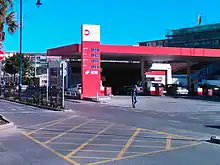
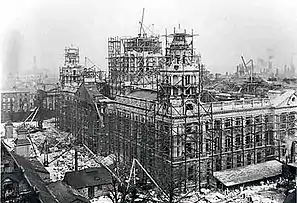
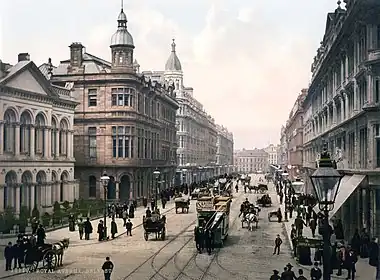

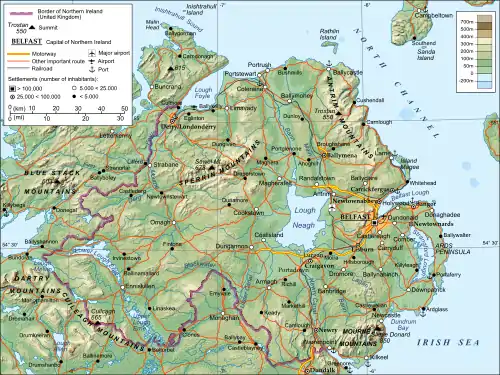
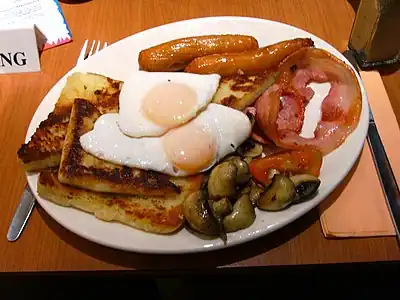
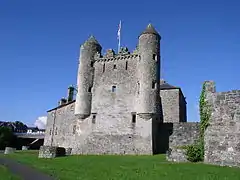
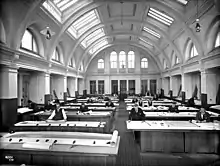

.JPG.webp)
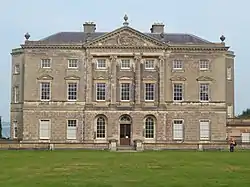
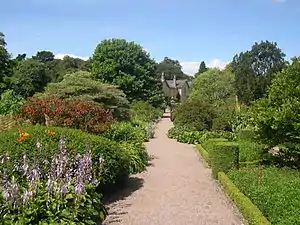

_-_panoramio.jpg.webp)
_(cropped).jpg.webp)


.JPG.webp)
